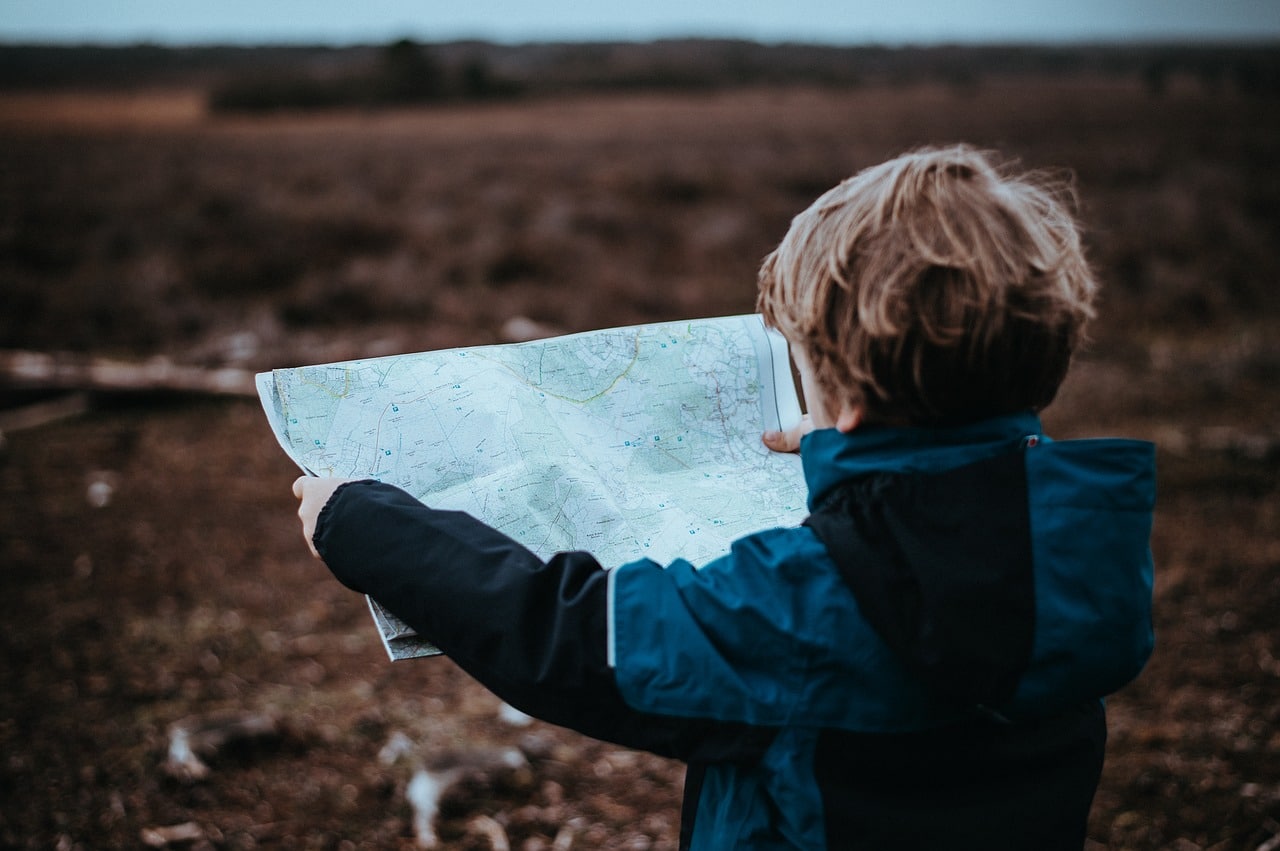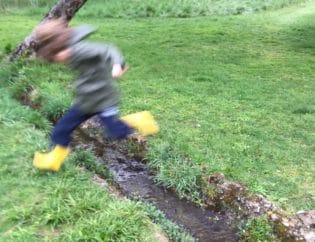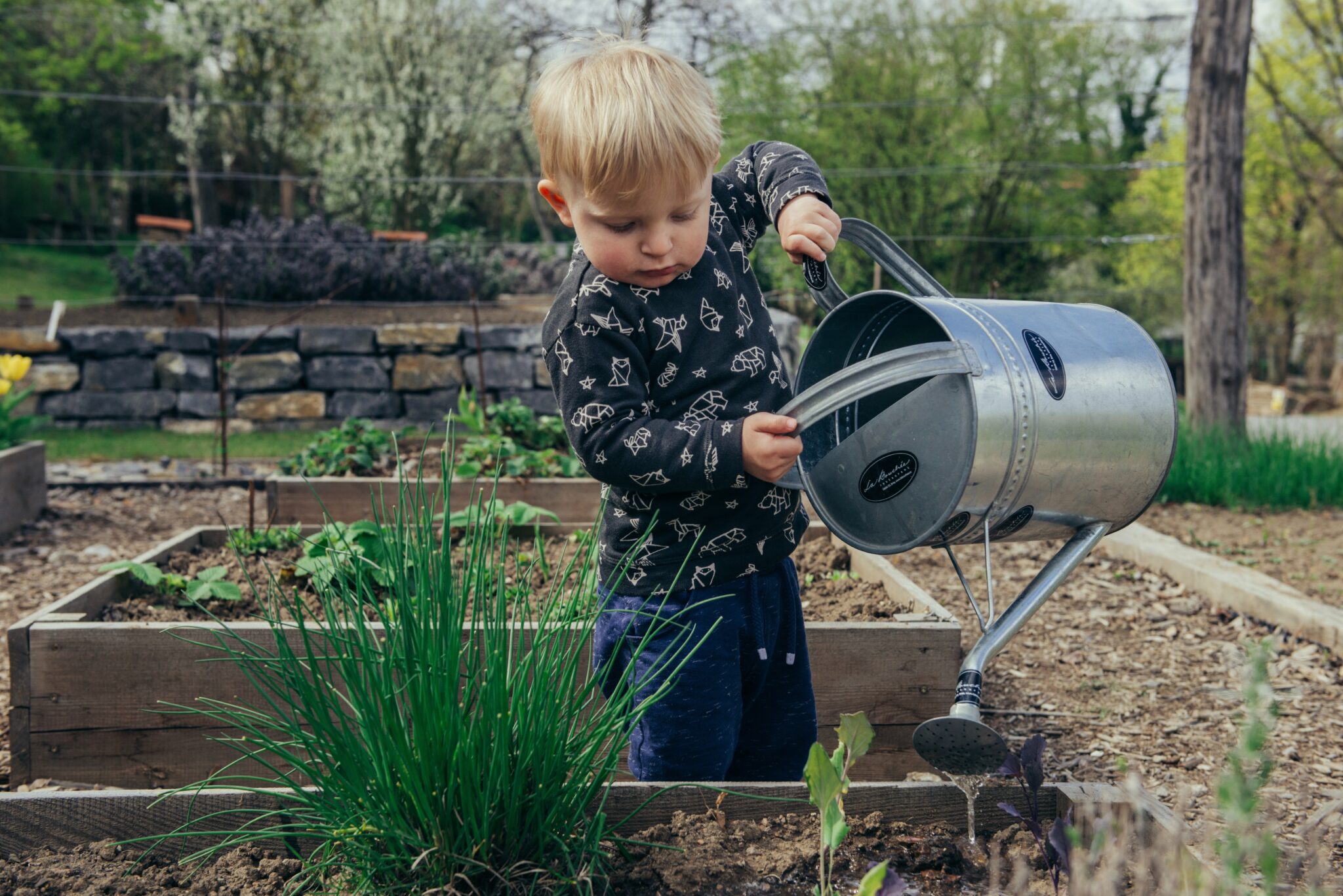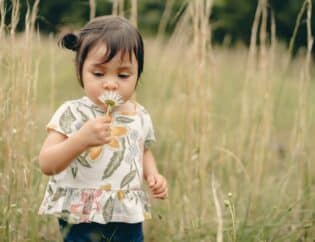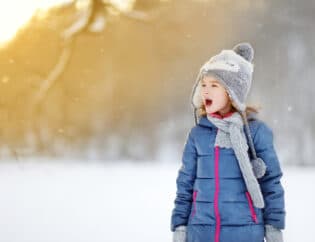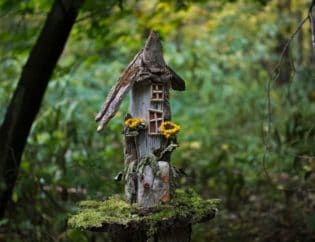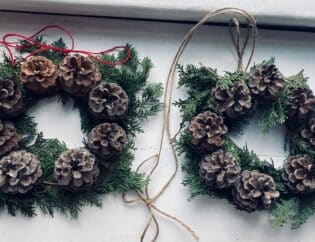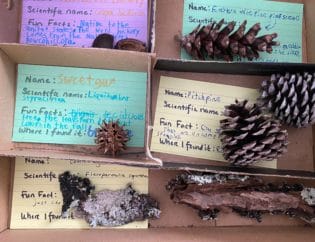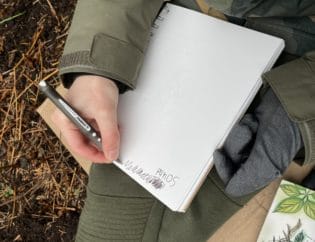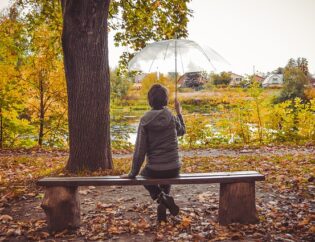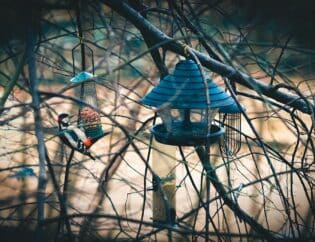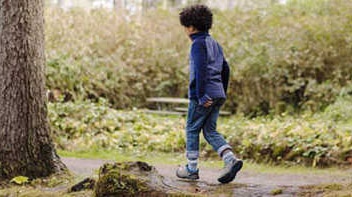
Leave Google Maps at home and ask your child to create a natural map of the neighborhood. Using only natural landmarks like trees, bodies of water, gardens will help them really focus in on wildlife and the surrounding nature.
The first step to making a hand made nature map is to work with your child to define the area he or she wants to map. Do they want to map the walk from your house to school, the backyard or the neighborhood park? Keep the area small for a first pass and expand out when your child has the hang of it. Eventually, they might want to nature map the entire town!
Next is the fun part. Go out and explore! Head out together on a research-gathering walk together along the route. Be sure to bring a notebook and pencil and maybe even a camera to snap photos. Ask your child to focus in on all of the natural features they see, perhaps for the first time. In a more rural area, there will be a lot to take in so they might want to focus on more distinct landmarks like the oldest tree, fallen logs or the path of a creek. In a more urban environment, they can take notice of less obvious natural features such as nests, resident critters, green patches or key trees. Remind them to take note of where the road, sidewalk or path is to represent on their map. During this step, they should decide on their distance units. Will they be using standard units such as meters or feet, maybe even miles? Or will they use something more creative such as the number of steps an 8-year-old must take?
Now go home and draw it out, creating a key for water, land, and road. Remind your child to add a legend with their chosen units of measurement. Have them add as many details as they remember, drew in their notebook or snapped photos of during their exploratory walks.
After the draft is made, it's time to go back out for more details. Repeat this step several times to get the map right. If your child becomes the "resident expert" on the area represented in their map, they should become very familiar with the critters in their neighborhood and the ecosystems they are a part of. Your child can head out in different seasons to notice changes. With determination and detail, the map can even be a first step in creating a "field guide" to nature in your child's neighborhood!


